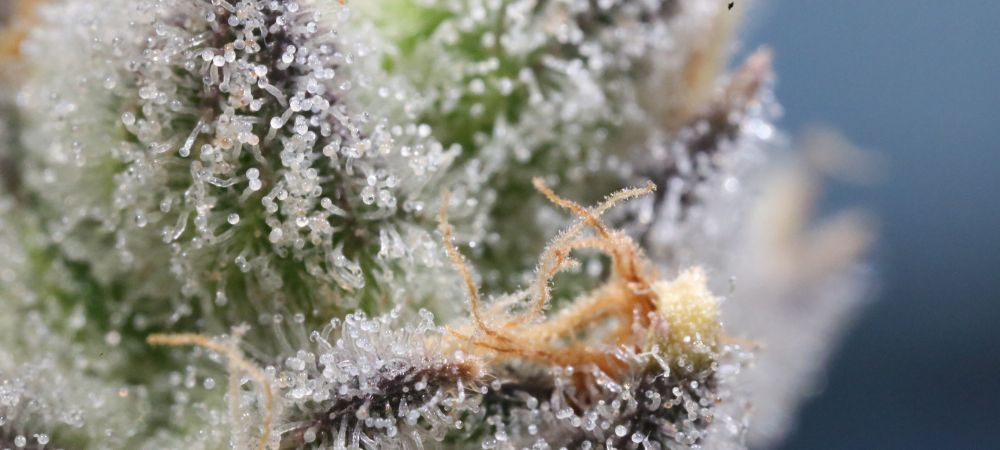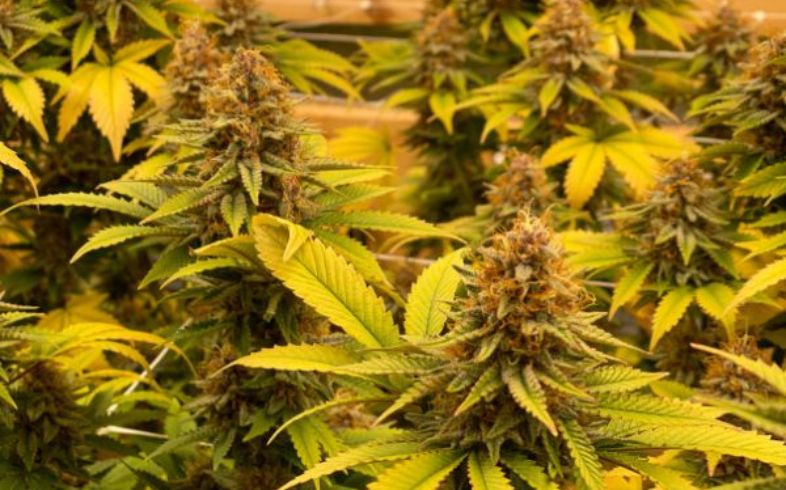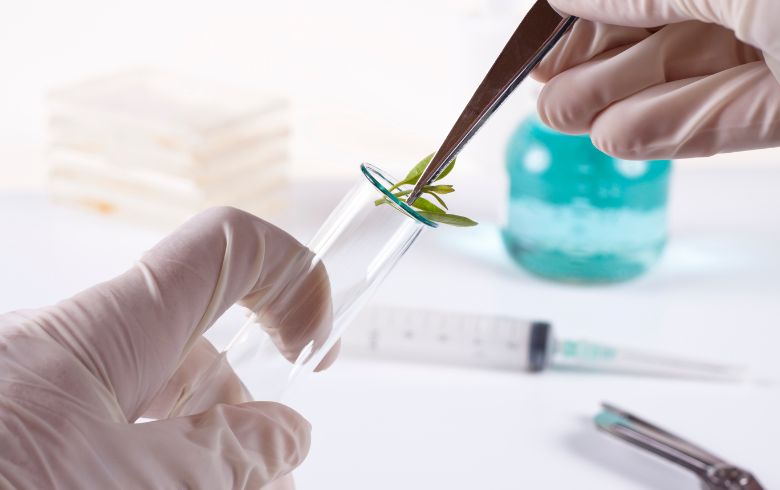As growers, we devote so much time to take care of our plants in order to obtain the best results possible. Just like us, you’ve probably felt excited to check the final yield every time the harvest time is coming, however, when to harvest your plants depends on many things such as the level of the substrate, light time exposure, the quality of water and other key factors.
The aim of this article is to describe the key points to know when to harvest your cannabis buds to proceed with the manicuring and drying of your plant materials.
When should I harvest my cannabis plants?
There are many signs to know when to prune or trim your marijuana plants. You’ve probably heard about those many old wives tales which claim that plants must be trimmed early to prevent them from going off. However, if we wait a little bit more before pruning, we will get amazing results with our plants. That’s why it is important to know when we should harvest our cannabis plants.
[ppgbo product=”1281″ language=”en”]
Follow the seed bank’s recommendations
When buying cannabis seeds or other types, such as CBD or hemp seeds, it is important to look at the seed bank’s recommended times and advice for the specific type of seed. However, these times are quite flexible due to the different factors that intervene in every plant: the growing conditions, indoors or outdoors crops, basic care, latitude, etc.).
Pistil colors
We’ve all heard about those famous brown ‘hair-like’ structures found in cannabis flowers, technically known as pistils. As we start seeing them, it will mean that harvesting time has come. The less the oxidation is, the browner the pistils will be, producing higher psychoactive effects. However, in the opposite case, further oxidation produces greater narcotic effects. It is recommended to harvest your buds when approximately half the pistils turn brown.
However, it should be noted that oxidation is not always linked to harvest as it can occur due overwatering, dew drops, stress or for having sprayed the plant with a specific product among others. When a marijuana plant is ready, after having watered it properly, it won’t be able to absorb water as it used to do before.
Trichomes’ shape
Trichomes are the cells found in the marijuana flowers’ epidermis. These are responsible for producing cannabinoids, providing our buds with psychoactive and narcotic effects. They develop in a mushroom-like shape and keep growing until they turn into a mushroom-like form. If your plants stop producing new trichomes, this is a good sign. You should see ‘chalices’ filled with resin, or what is the same, some pale or amber ‘hair-like’ structures. Please note that the best way to see if your plants are ready is using a microscope.
[ppgbo products=”251,852,2395″ language=”en”]
When the cap of the tricome is completely round, it means that it’s too early to harvest, so you may wait until it gets fatter and deformed. This means that they won’t be able to hold cannabinoids anymore, so we must trim them to prevent them from exploding. We say that plants have gone off when we trim them after trichomes have already blown up.
What if you harvest too early or too late?
All of the aspects mentioned above can help us to decide the ideal time to harvest our cannabis plants. No matter how excited we are, we must be patient so the quality, flavors and consumption experience of our buds will remain intact, obtaining an excellent final result.
If we harvest too early, we could face some problems in regards to quality and result: less intense flavors, buds with low rates of chlorophyll and less terpenes. Besides, earlier harvested strains may reduce the size of their buds during the drying process, becoming less dense and without volume. It should also be mentioned that the effects would be altered too, as the white trichomes wouldn’t have been completely grown. In summary, you would definitely lose part of your crop if you don’t wait enough time.
On the contrary, if we harvest too late, our buds will end up ‘going off.’ They would have a milder taste and the curing time would be lesser. The more the time goes by, the less their psychoactive capacity will be. This is because when THC is oxidized, it is turned into CBN, losing all the characteristic effects of this cannabinoid. In fact, your weed would become a more relaxing and narcotic variety.
Recommendations to harvest cannabis plants
All the indications mentioned above can be really useful for growers with limited resources. However, if you have the necessary tools to detect these aspects, don’t look upon pistils. When you see that pistils and trichomes are ready to trim by their color, it is better to wait two more weeks, even if the seed bank indicates to wait 60 days for harvesting. You won’t be disappointed!
Once you’ve harvested your plants, if you have a big yield, we recommend you to use a bud trimming machine to trim your buds in a fast and efficient way. We hope that you’ve found this information useful to learn when to trim and harvest cannabis buds.










